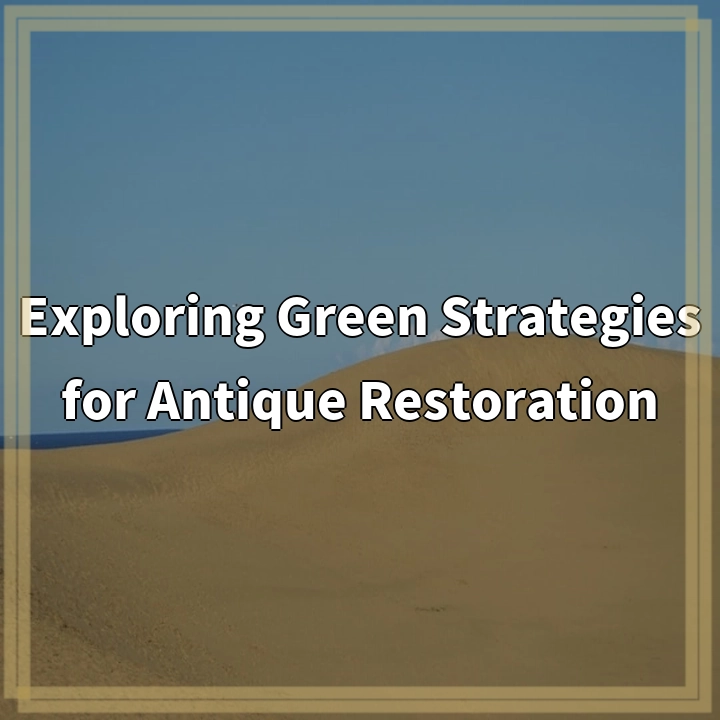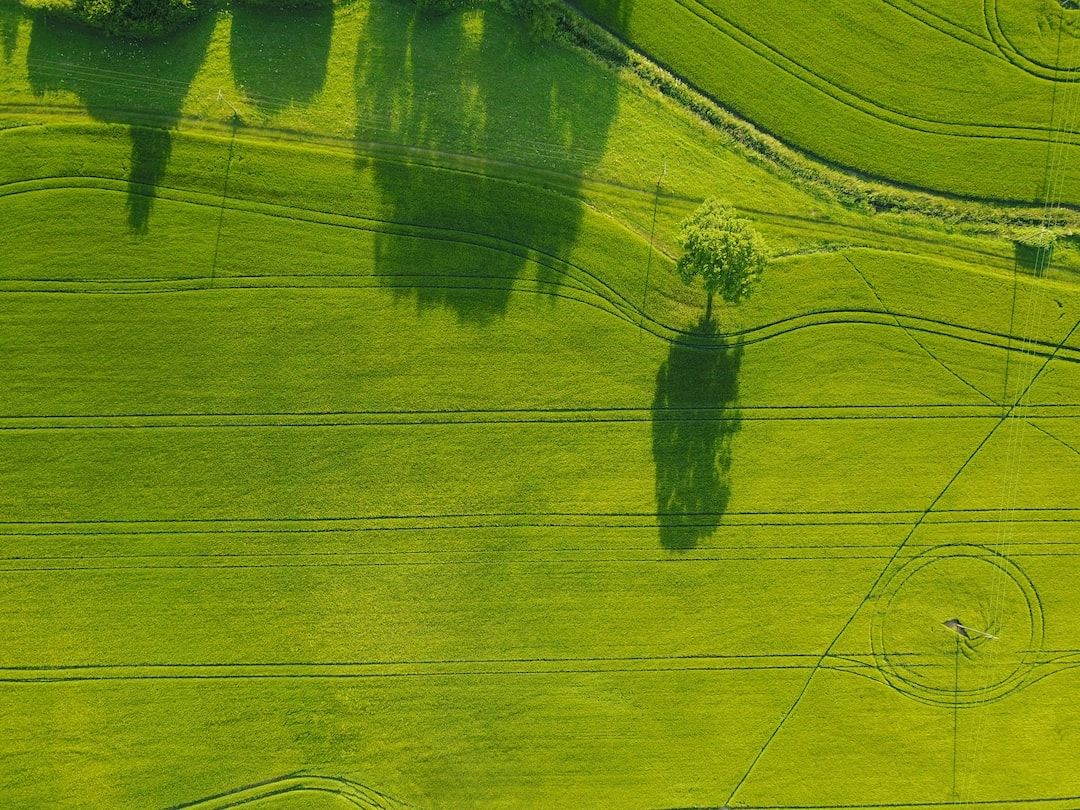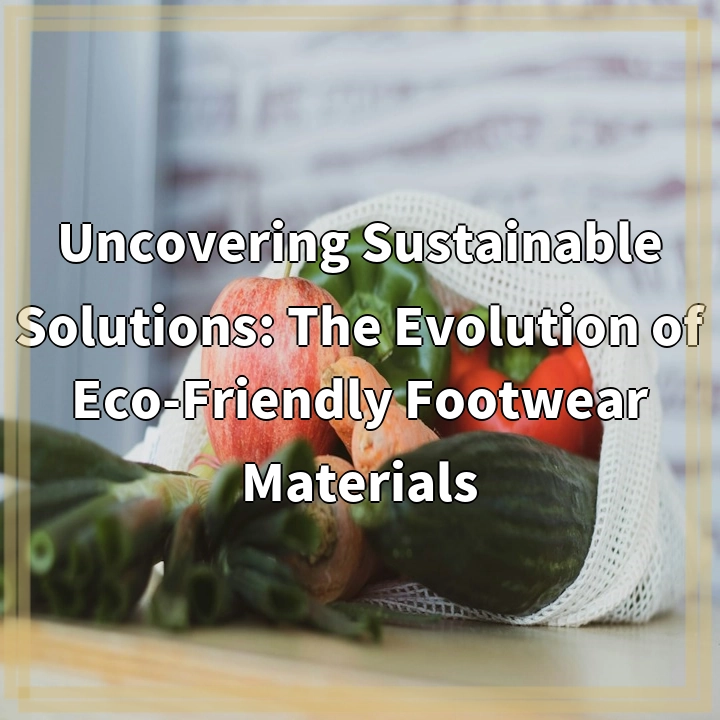
What it is:
Antique restoration refers to the process of preserving and repairing old or antique items such as furniture, artwork, or collectibles. Green strategies for antique restoration involve adopting environmentally friendly practices throughout the restoration process. These strategies aim to minimize the ecological footprint and promote sustainability in the field of antique restoration.
Real-world problems associated with antique restoration:
1. Chemical Usage: Traditional restoration techniques often involve the use of harsh chemicals, such as solvents and toxic adhesives, which can be harmful to both the restorers and the environment. These chemicals can release volatile organic compounds (VOCs) into the air, contributing to air pollution and potentially harming human health.
2. Energy Consumption: The restoration process may require the use of energy-intensive equipment such as sanders, polishers, and heat guns, leading to increased energy consumption and carbon emissions. This energy usage contributes to climate change and environmental degradation.
3. Waste Generation: Antique restoration can produce a significant amount of waste, including old coatings, packaging materials, and discarded parts. Improper disposal of these wastes can lead to pollution of landfills and water bodies.
4. Deforestation: Traditional restoration practices often involve using new or exotic wood to replace damaged parts of antique furniture. This contributes to deforestation and habitat loss, as valuable trees are cut down to meet the demand for restoration materials.
5. Lack of Awareness and Education: Many restoration professionals and antique enthusiasts may not be aware of the environmental impact of their practices or the availability of greener alternatives. This lack of awareness hinders the adoption of more sustainable approaches.

Solutions for Green Antique Restoration:
To address the environmental challenges associated with antique restoration, there are several green strategies that can be implemented:
1. Use Non-Toxic and Eco-Friendly Materials:
Instead of relying on harsh chemicals, opt for non-toxic and eco-friendly alternatives. This includes using water-based adhesives, low VOC paints, and natural finishing products. These options are safer for both the restorers and the environment.
2. Embrace Energy-Efficient Practices:
Reduce energy consumption during restoration by using energy-efficient equipment and tools. Look for energy-saving features and technologies, such as low wattage sanders and LED task lighting. Additionally, consider incorporating renewable energy sources, such as solar or wind power, into the restoration workspace.
3. Implement Responsible Waste Management:
Develop a waste management plan that focuses on reducing, reusing, and recycling materials. Whenever possible, salvage and restore original parts instead of replacing them entirely. Implement proper separation and disposal methods for different types of waste, ensuring that hazardous materials are disposed of safely and responsibly.
4. Promote Sustainable Material Sourcing:
Avoid contributing to deforestation by sourcing reclaimed or sustainably harvested wood for restoration projects. Look for certifications such as Forest Stewardship Council (FSC) to ensure the use of responsibly sourced materials. Additionally, consider repurposing or upcycling existing materials to minimize the need for new resources.
5. Raise Awareness and Advocate for Change:
Educate and engage with the antique restoration community, professionals, and enthusiasts about green strategies and their benefits. Share success stories and case studies of eco-friendly restoration projects to inspire others to adopt sustainable practices. Collaborate with industry organizations and associations to promote and support the adoption of green strategies across the field.
By implementing these solutions and embracing green strategies, we can promote a more sustainable and environmentally responsible approach to antique restoration.















